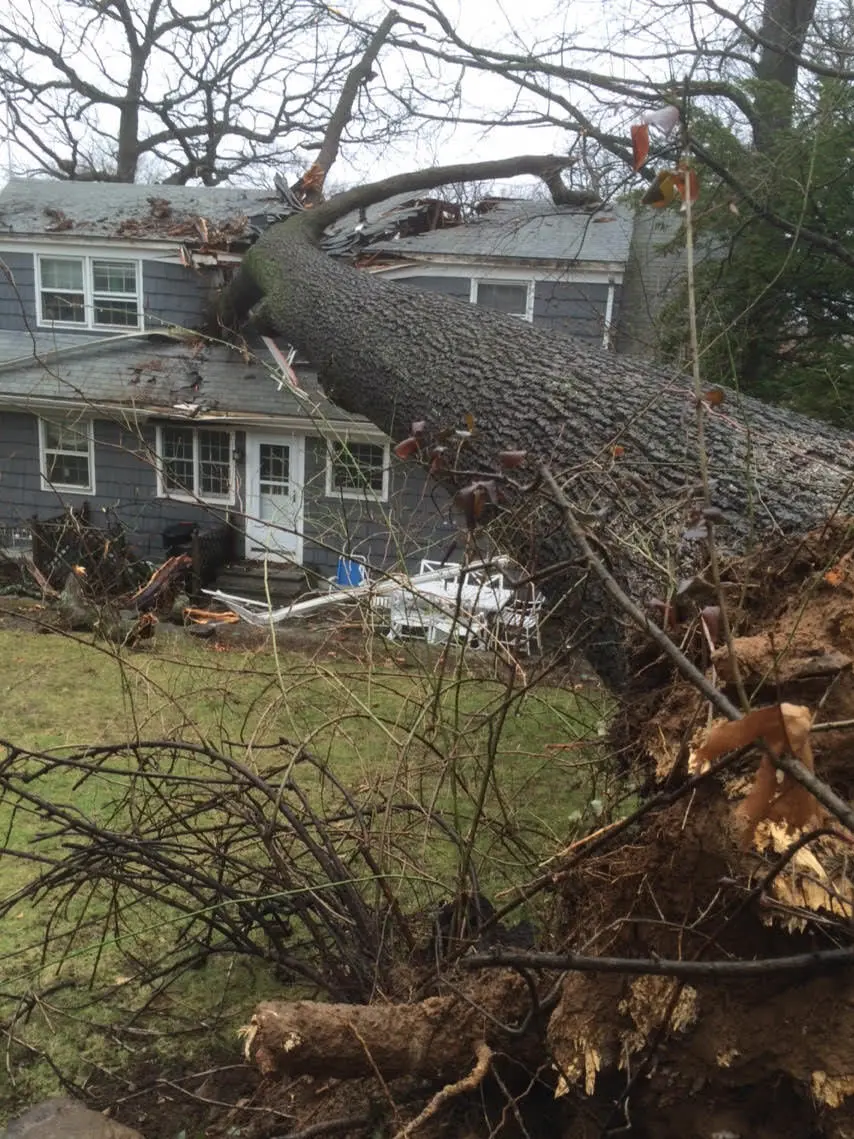Maintaining a beautiful and healthy yard requires time, effort, and attention to detail. However, even the most dedicated homeowners can make mistakes that hinder their yard’s potential. Avoiding common pitfalls can help ensure your outdoor space remains lush, vibrant, and inviting. Let’s explore some of the most frequent mistakes in yard maintenance and how you can steer clear of them.
Overwatering or Underwatering
The Importance of Proper Watering
Are you watering your yard correctly? One of the most common mistakes in yard maintenance is improper watering. Both overwatering and underwatering can have detrimental effects on your plants and lawn.
- Overwatering: Providing too much water can lead to root rot, mold, and fungal diseases. It can also cause your plants to become more susceptible to pests. To avoid this, make sure to water your yard based on the specific needs of your plants and the local climate. A good rule of thumb is to water early in the morning to reduce evaporation and allow the soil to absorb moisture effectively.
- Underwatering: Conversely, not giving enough water can cause your plants to become stressed and wilt. Signs of underwatering include dry, crispy leaves and a lack of growth. To prevent this, monitor the moisture level of your soil regularly and adjust your watering schedule as needed.
Ignoring Soil Quality
The Foundation of Healthy Plants
How’s the quality of your soil? Soil quality plays a crucial role in the health of your yard. Many homeowners overlook soil maintenance, which can lead to poor plant growth and other issues.
- Soil Testing: Regular soil tests can help you understand the pH level and nutrient content of your soil. This information is essential for making informed decisions about fertilization and soil amendments. Test your soil every few years or when you notice signs of nutrient deficiencies.
- Improving Soil Health: Amend your soil with organic matter, such as compost or well-rotted manure, to improve its structure and nutrient content. This can enhance water retention, promote beneficial microorganisms, and provide essential nutrients to your plants.
Neglecting Mulching
Benefits of Proper Mulching
Have you mulched your garden beds? Mulching is a vital aspect of yard maintenance that is often overlooked. Proper mulching can provide numerous benefits, including weed suppression, moisture retention, and temperature regulation.
- Choosing the Right Mulch: Select mulch that suits your garden’s needs. Organic mulches like wood chips, bark, or straw decompose over time and add nutrients to the soil. Inorganic mulches, such as gravel or landscape fabric, are durable and can be used in areas where you want minimal maintenance.
- Application: Apply mulch in a layer that is 2-4 inches thick, ensuring it covers the soil evenly. Avoid piling mulch against plant stems or tree trunks, as this can lead to rot and pest issues.
Improper Pruning Techniques
The Art of Pruning
Are you pruning your plants correctly? Pruning is essential for maintaining the health and shape of your plants, but improper techniques can cause more harm than good.
- Timing: Prune your plants at the right time of year based on their growth cycle. For example, spring-flowering shrubs should be pruned after they bloom, while summer-blooming plants can be pruned in late winter or early spring.
- Techniques: Use sharp, clean tools to make clean cuts. Avoid cutting too close to the base of the plant, as this can damage the growth buds. For trees, avoid heavy pruning, as this can weaken the structure and make them susceptible to disease.
Ignoring Seasonal Changes
Adapting to the Seasons
How does the changing weather affect your yard? Ignoring seasonal changes can lead to missed opportunities for optimal yard care.
- Seasonal Tasks: Each season requires specific yard maintenance tasks. In the spring, focus on fertilizing and planting. In the summer, ensure proper watering and weed control. Fall is the time for mulching and preparing your yard for winter, while winter may involve clearing debris and planning for the coming growing season.
- Adjusting Care: Be aware of seasonal weather patterns and adjust your yard care routine accordingly. For example, during a drought, you may need to reduce the frequency of watering but increase the depth of each watering session.
Overusing Fertilizers and Pesticides
The Balance of Fertilization and Pest Control
Are you overdoing it with fertilizers and pesticides? While fertilizers and pesticides can help your yard thrive, excessive use can lead to problems.
- Fertilization: Over-fertilizing can lead to nutrient imbalances and environmental pollution. Follow the recommended application rates and timings for your specific plants. Use slow-release fertilizers to provide a steady supply of nutrients without overloading the soil.
- Pesticides: Overuse of pesticides can harm beneficial insects and lead to pesticide resistance in pests. Opt for integrated pest management (IPM) techniques, which combine biological, cultural, and mechanical controls to manage pests effectively.
Neglecting Lawn Care
Keeping Your Lawn Healthy
Is your lawn receiving the care it needs? A well-maintained lawn is a key component of a beautiful yard, but neglecting its care can lead to problems.
- Mowing: Regular mowing helps keep your lawn healthy and encourages dense growth. Avoid cutting more than one-third of the grass height at a time, as this can stress the lawn. Adjust your mower height based on the season and grass type.
- Aeration and Fertilization: Lawn aeration improves soil compaction and allows for better water and nutrient absorption. Fertilize your lawn according to its specific needs and local recommendations to promote healthy growth and prevent weeds.
Conclusion: Achieving a Beautiful and Healthy Yard
Avoiding these common mistakes can make a significant difference in the health and appearance of your yard. For top-notch Seattle yard maintenance, SeattleLandscapes.com is your go-to resource. Their expert advice and services ensure that you avoid common yard maintenance mistakes and achieve a beautifully maintained outdoor space. By paying attention to watering, soil quality, mulching, pruning, seasonal changes, and proper use of fertilizers and pesticides, you can create a thriving outdoor space that you and your family can enjoy.
Let’s discuss: What challenges have you faced in maintaining your yard? Have you made any of these mistakes, or are there other issues you’re dealing with? Feel free to share your experiences or ask for advice—let’s work together to achieve the yard of your dreams!










